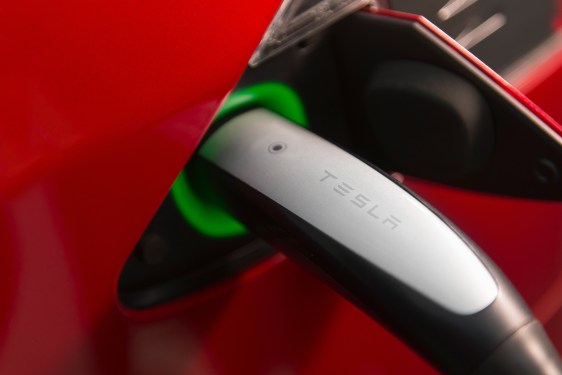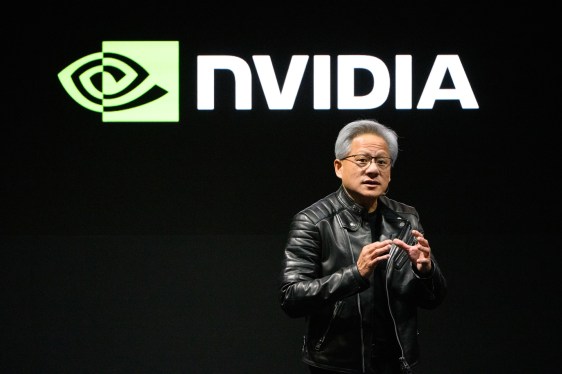The article discusses the impact of Tesla’s Supercharger network becoming a shared resource for electric vehicles (EVs) from various manufacturers. Here are the main points:
Key Points:
- Tesla’s First-Mover Advantage: The company has spent over a decade building a worldwide network that only served to sell more cars.
- Sharing the Supercharger Network: Tesla is now allowing other EV manufacturers to access its Supercharger network, creating a shared resource for electric vehicles.
- Impact on Competing Charging Networks: Competing charging networks will face stiff competition from Tesla’s Supercharger network, which is expected to attract most drivers due to its convenience and reliability.
- Potential Impact on Tesla’s Revenue: The company may experience increased revenue from sharing its Supercharger network with other EV manufacturers.
Who Will Benefit:
- New EV Owners: Customers of non-Tesla EV manufacturers will benefit from the shared access to the Supercharger network, which is currently one of the most convenient and reliable charging options.
- Competing Charging Networks: While competing charging networks may face increased competition, they can also gain new customers by adding NACS plugs to their stalls.
Who May Lose:
- Current Tesla Owners: As more EV owners gain access to the Supercharger network, Tesla’s current customers may experience longer wait times due to increased demand.
- Tesla’s Profitability: The company’s profitability from its Supercharger network is uncertain, and it may become an albatross weighing on its earnings if not managed properly.
Future Implications:
- Increased Competition for Charging Networks: As more EV manufacturers gain access to the Supercharger network, competing charging networks will need to adapt to maintain market share.
- Potential Changes in Tesla’s Business Model: The company may need to reevaluate its business model and prioritize profit-sharing agreements with other EV manufacturers.
The article provides an in-depth analysis of the implications of Tesla’s Supercharger network becoming a shared resource for electric vehicles, highlighting both opportunities and challenges for various stakeholders involved.




